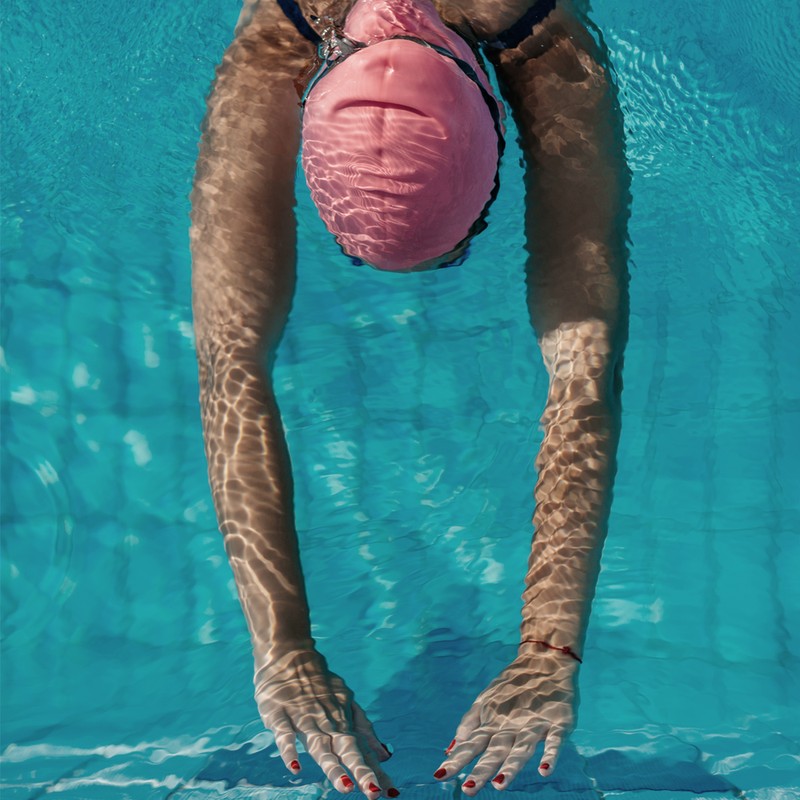
10 Ways To Turn Your Swim Into A PT-Approved Workout
Recognise A Fitness All-Rounder
“Swimming is one of the most fantastic all-round activities when it comes to elevating the heart rate, building endurance and muscle strength as well as improving cardiovascular fitness. This, in turn, helps you maintain a healthy weight, heart and lungs. Being in the water also means your body is supported, reducing stress and impact on your joints, muscles and bones.” – Roslyn Mcginty, triathlete for INCUS Performance
Learn How To Breathe Properly
“Lots of people struggle to breathe when swimming – if this sounds familiar, you’re not alone. If you feel you’re struggling with a shortness of breath when swimming, try to focus on your exhalation in the water, which will allow a greater capacity of air to transfer in and out of your body. Use the phrase ‘bubble, bubble, breathe’ with my clients. Actively say the word ‘bubble’ on your first stroke, ‘bubble’ on the second stroke and then breathe in as you rotate your head out of the water on your third stroke. Doing this encourages continuous exhalation as opposed to holding your breath. If you are really struggling, try a drill, which is sometimes referred to as a ‘sinkdown’. This involves staying buoyant on the surface of the deep end and breathing out slowly. The body should gradually descend below the surface as you exhale. Alternatively, standing up and putting your face down in the water whilst humming can help with anxiety if you are nervous in the water.” – Chris Stanton, performance coach at Third Space and GP AgeGroup triathlete
Find Your Rhythm
“Getting your breathing right can be tricky. If you are just starting out, swimming with a pull buoy can help so you only have to focus on breathing and not kicking at the same time. Once you’ve mastered the basics, and are swimming say, front crawl, steadily and consistently exhale out of your nose and mouth while your face is in the water. As you turn your face to the side (so your mouth is out of the water), inhale quickly. ‘Sip and sigh’ when breathing and remember that large volumes of air intake aren’t necessary. You can choose to breathe to the left or to the right or to alternate – there are no rules.” – Roslyn
Structure Your Workout
“We all love a relaxed dip in the pool, but if you’re looking to improve, it’s best to dive in with a plan. Combining sprints with aerobic distance work will help avoid injury and fatigue. Start by swimming a comfortable 100m interval. Once you know the time this takes, aim to perform five repetitions of 100m, decreasing your swim time by five seconds each 100m. For example, if your base time is two minutes, your 100 metre times should be 1:55, 1:50, 1:45 and 1:40 minutes. You can repeat the set, but stop if you cannot maintain your stroke technique due to fatigue. If you are looking to build endurance, try swimming an increasing ladder with 20 seconds rest – such as 1x100m, 2x200m, 1x300m, 1x400m and 1x500m before returning back down the ladder. Another variation could be to add in one length easy, one length hard or 50m easy, 50m hard. Endurance work may seem more gruelling because you put in more metres, but fast sprint sets will test your cardiovascular fitness.” – Roslyn
Think About Stamina
“If you want to be able to swim longer and faster without fatiguing, it’s all about endurance. However, your total swimming distance doesn’t necessarily need to increase to improve stamina – increasing the distance of your intervals and lowering the total number of repetitions will build endurance. For example, instead of doing 8x50m, change to 4x100m and then 2x200m and work your way up. Even though you will be swimming the same distance, the amount of rest you get will reduce, and you’ll ultimately be swimming for longer non-stop. As time goes on and your stamina builds, you can lower the pace targets of these intervals, aiming to hit a faster speed every rep.” – Roslyn
Incorporate Strength Training
“If you are serious about making progress with your swimming, think about strength training on the gym floor to build strength in certain muscle groups. For example, working on the upper back and mobility of the thoracic spine can aid the power in your stroke, making you faster and more efficient. Focusing on ankle flexibility can also help the efficiency of your kicks, which aid propulsion, rotation and balance.” – Chris
Don’t Compare It To Running
“There’s a common misconception that because you can run a 5k, swimming a 5k will be just as easy. In fact, 5k is a pretty long way to swim – if you’re swimming in a 25m metre pool, which is standard across the UK, that would be the equivalent of 200 lengths. A more realistic distance is 1,600m, which is one mile. In a 25m pool this would equate to around 64 lengths. If you are keen to ensure you complete a certain distance in your workout, ask the lifeguard on duty how long the pool is.” – Roslyn
Remember, Technique Matters
“The most common mistake people make when swimming is swimming slowly with poor technique and not undertaking any interval training or drill work to improve efficiency. It’s not uncommon to see people with their legs sitting too low in the water, or hands and fingers pointing in the wrong direction. It can be tricky to identify inefficiencies in your own stroke, so consider attending a few swimming classes or book in with a coach who can film you swimming so you can review your stroke. A swim analytics tool such as the INCUS Nova Swim is also a great device for analysing your own swimming and spotting areas for improvement.” – Roslyn
Know Your Pool Etiquette
“When you head to the pool, it can be tempting to think it’s all yours, but pay attention to your fellow swimmers. For example, always find an appropriate lane for your ability, not just any free lane, and always leave three to five seconds between swimmers. If your feet get tapped by another swimmer, stop at the end of the current length and allow the swimmer to pass. Keep your training aids – such as floats – neatly organised on the side of the pool and remember to observe the swimming direction, either clockwise or anticlockwise, and stay close to the lane rope.” – Chris
Want to improve your swimming technique? Here, Roslyn shares her top tips…
FRONT CRAWL:
-
The more streamlined you are, the faster you will swim. Aim for your position in the water to be more like a sailboat as opposed to a tanker.
-
Keep your elbows high and breathing relaxed.
-
Imagine your hand and forearm is like a canoe paddle; use it to create the most pull you can through the water. Your thumb should graze your hip at the end of the stroke.
-
Keep your toes pointed and ankles relaxed when kicking, and kick from your hips rather than your knees.
BACKSTROKE:
-
Keep your body as flat as you can to be streamlined in the water.
-
Ensure the kick is kept under the water.
-
The water level should cover your ears and your eyes should look slightly towards your toes.
-
Generate momentum by rotating your shoulders and your hips. As one arm lifts out of the water, the other starts the propulsive phase underneath the surface.
-
Keeping a consistent breathing pattern will maintain the rhythm of your stroke.
BREASTSTROKE:
-
Focus on swimming downhill with your hips held high.
-
Focus on the pull being once circular motion from start to finish.
-
Your hands should be visible to you at all times.
-
Focus on a powerful, narrow kick – over half of the propulsion generated comes from the kick.
-
Work on your flexibility – swimmers with more flexible hips, knees and ankles are faster swimmers.
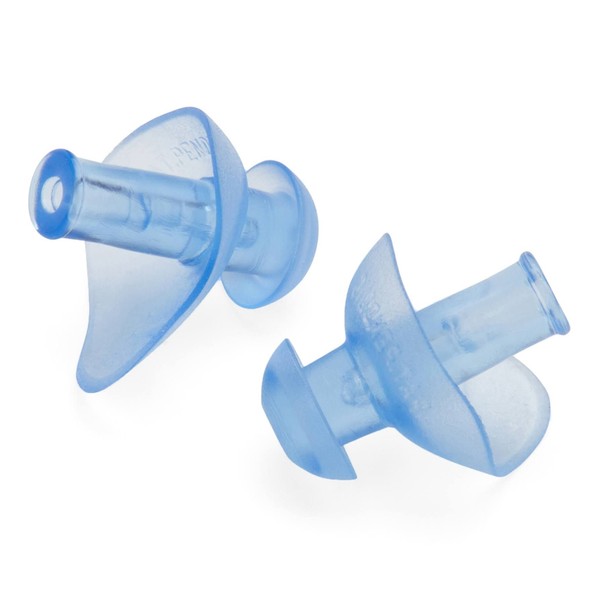
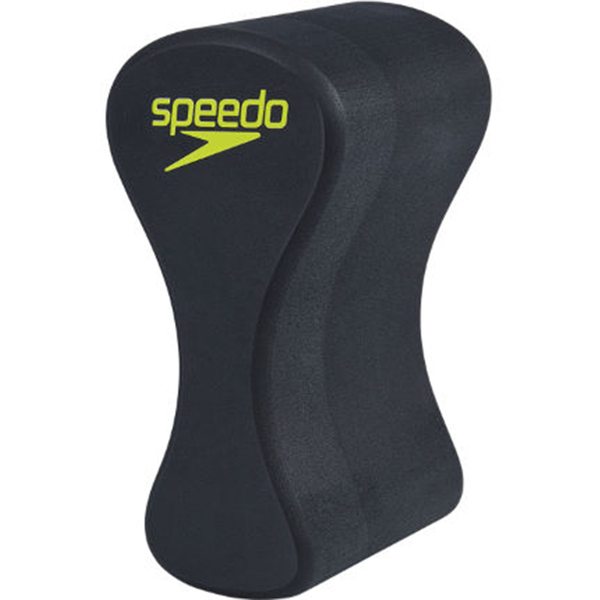
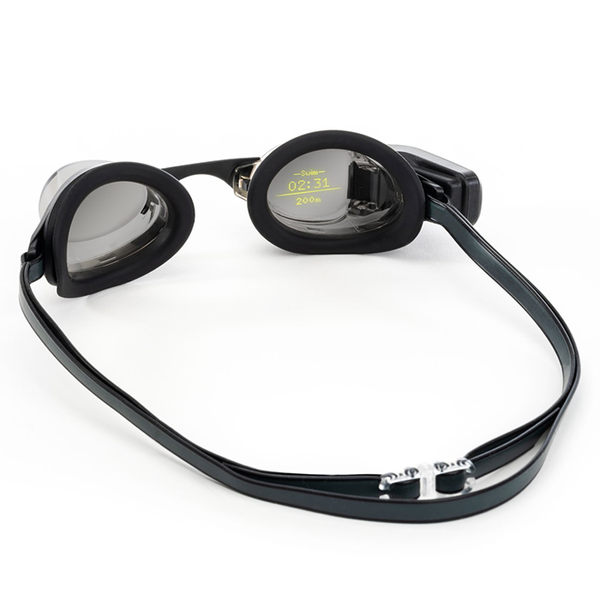
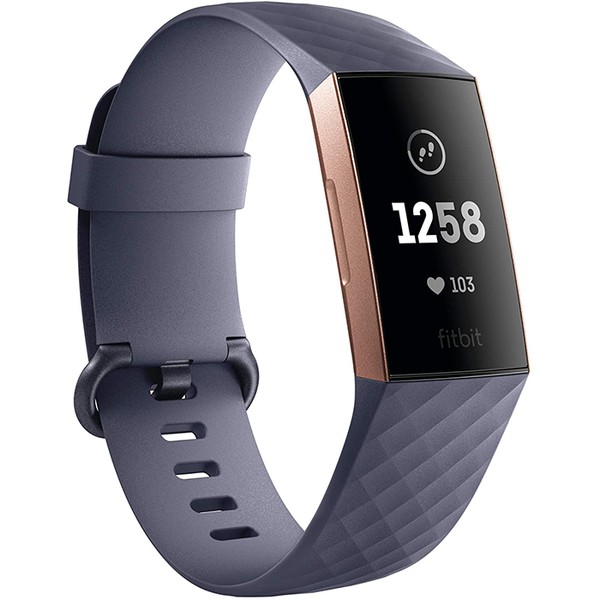
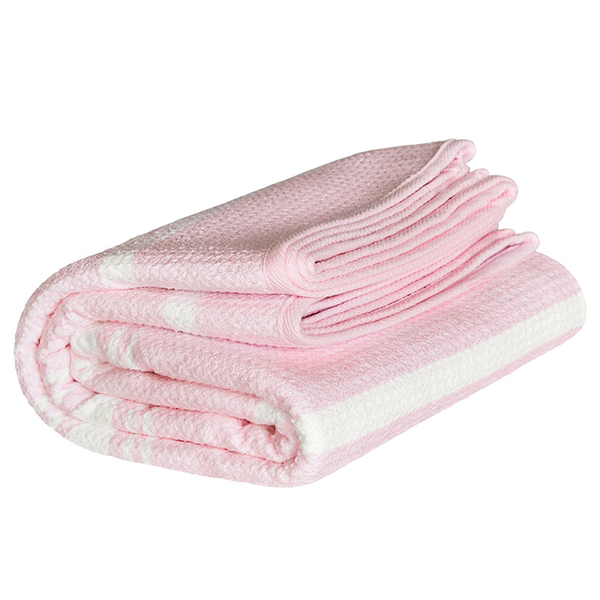
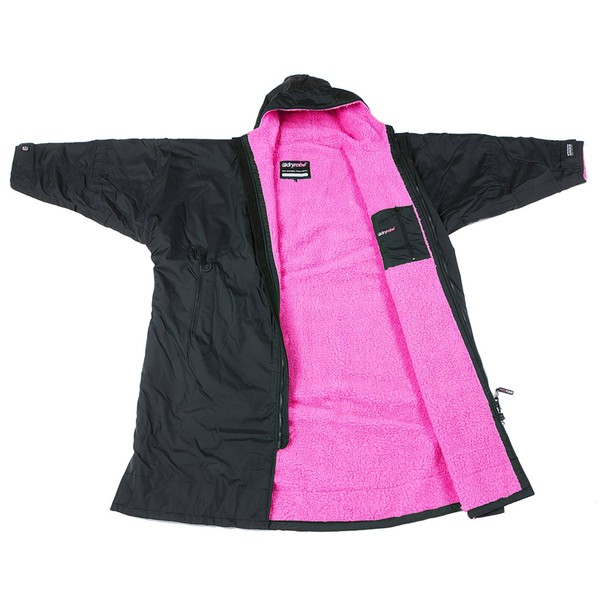
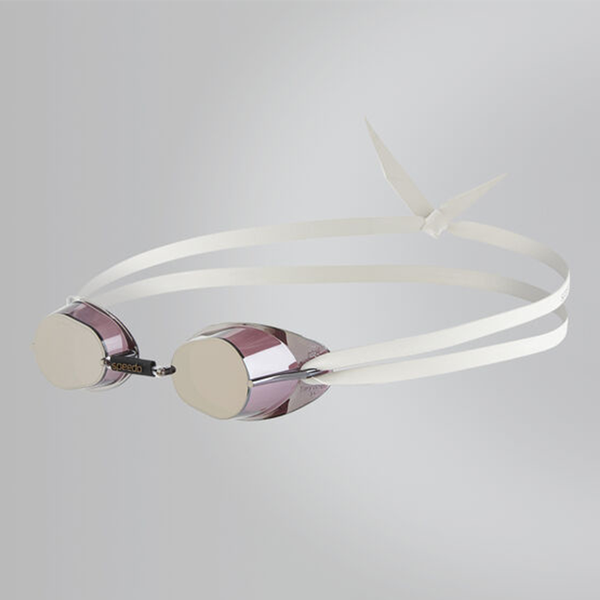
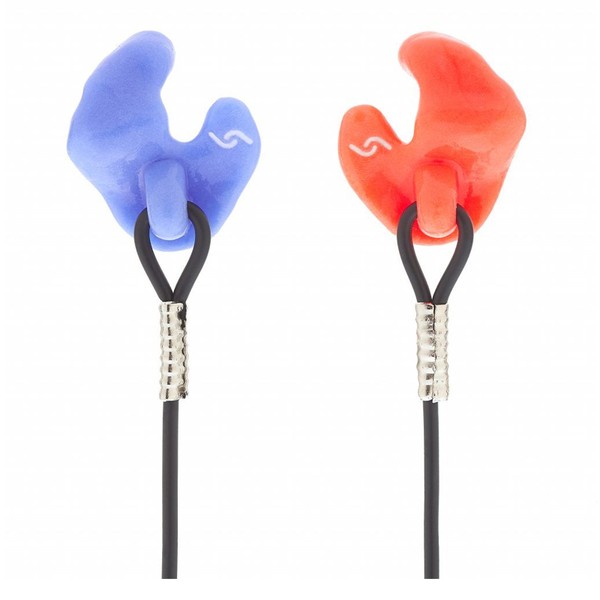
For more information follow Roslyn on Instagram @SprintyMcginty and follow Chris @OptimalEndurance
DISCLAIMER: Features published by SheerLuxe are not intended to treat, diagnose, cure or prevent any disease. Always seek the advice of your GP or another qualified healthcare provider for any questions you have regarding a medical condition, and before undertaking any diet, exercise or other health-related programme.
DISCLAIMER: We endeavour to always credit the correct original source of every image we use. If you think a credit may be incorrect, please contact us at info@sheerluxe.com.

